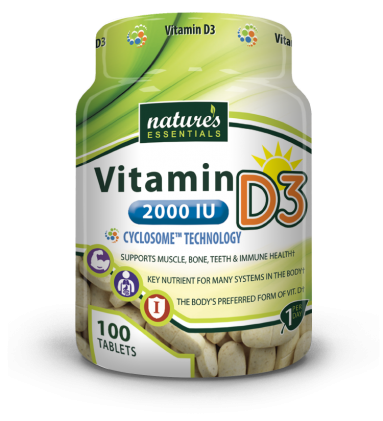
Scientifically Advanced
Our scientifically advanced delivery technology provides a higher bioavialbity and solubility for a more efficient vitamin supplement.

Our scientifically advanced delivery technology provides a higher bioavialbity and solubility for a more efficient vitamin supplement.

We are committed to ingredients derived from natural sources and partnered with farmers and sources with the highest quality ingredients available on the market.

We are committed to providing the best quality products with only the most essential naturally pure ingredients that will provide the most optimal health benefit and results.

Our goal is to provide an outstanding product that is technologically advanced, naturally simple and totally essential.
Better formulas, better ingredients, and better results. If you try any of the Nature’s Essentials’ Brand Products and you are not completely satisfied with the product, we will refund your actual purchase price click here for details, terms and conditions.